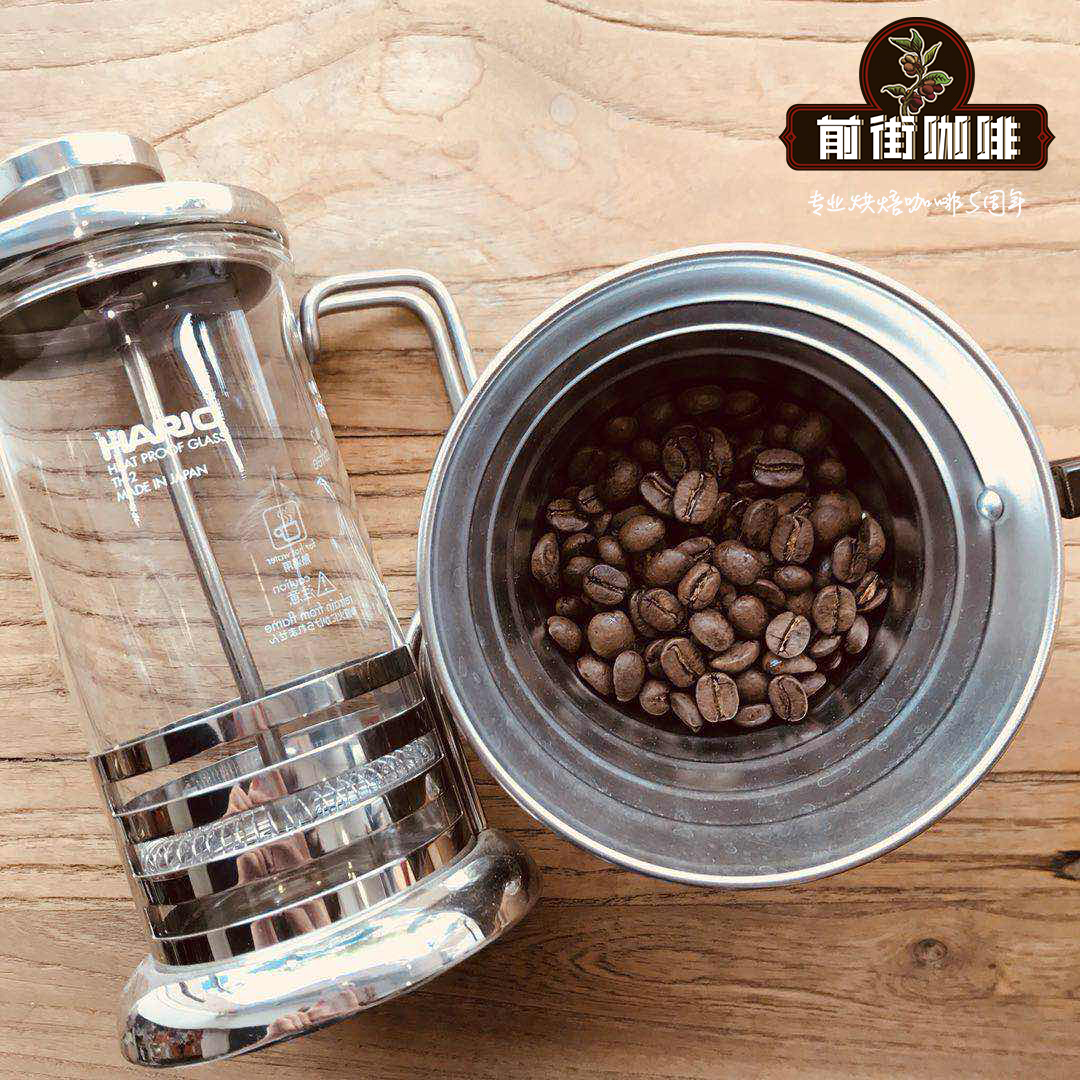How to drink coffee beans washed in Ethiopian tea Liku water _ introduction to Ethiopian coffee producing areas

Professional coffee knowledge exchange more coffee bean information please follow the coffee workshop (Wechat official account cafe_style)
Ethiopian Coffee Ethiopia
Ethiopia is the birthplace of coffee. Legend has it that Kadi Kaldia, an unknown shepherd, discovered this mysterious red fruit, which has been selling so far, while herding sheep in the forests of western Ethiopia: coffee, which has opened the coffee market for thousands of years. Ethiopia is still a very important coffee exporter in the world, with the main producing areas of Sidamo Sidamo, Yegashev Yirgacheffe, Kochel Kochere, Hara Harar and Gima Djimma. Located in the south of Ethiopia, Sidamo, Yegashev and Kochel are the main producing areas of fine washed beans and are famous for their excellent fruit characteristics and delicate and elegant flavor. Yegashev is a small city in Sidamori and the most famous producing area in Ethiopia, with an average altitude of 1850 to 2400 and annual rainfall of 1300mm. The ancient saying means wetland. There are shading and cooling effects of "shading clouds" and "shading fog" in Zhengzhong. Because of its unique geographical environment and special flavor, it is independent from the Sidamo producing area. Cochel is a small producing area about 25 kilometers southwest of Yegashev, where there are about 10000 coffee growers. Most of the residents' income is mainly harvested coffee, and the coffee harvested is Heirloom, which has a long history. Because this producing area has more advanced raw bean processing equipment, it has excellent performance in flavor. Hara is located in the plateau region of eastern Ethiopia, because it is remote, backward and located in the tropical dry climate, so it is mainly treated by traditional manual and drying methods. In traditional Ethiopia, defective beans are graded according to the proportion of defective beans, and the grades of washed raw beans are G1 (Defects 0-3) and G2 (Defects 4-12). G3 (Defects 13-25) G4 (Defects 25-45) G5 (Defects 46-100). Since 2008, the Ethiopian government has set up an Ethiopia Commodity Exchange system called ECX, and the raw coffee beans from each producing area will be sent to this unit after processing, and then the flavor will be graded by cup test. They divide the coffee into regional flavor and non-regional flavor, and subdivide the flavor levels.
Ethiopia is known as the birthplace of coffee. It is an important producing area of fine bean coffee nowadays. It is also a treasure land in the hearts of many coffee lovers. Some people say that Ethiopia is the "Garden of Coffee Eden", where Arabica coffee trees were first discovered in the world. Coffee is grown almost everywhere in Ethiopia, with thousands or even tens of thousands of coffee varieties.
In this tropical country, about 15 million people are engaged in coffee production-related industries, of which about 1.1 million are coffee farmers. More than 90% of Ethiopia's farms or cooperatives are grown in small areas, and most of the coffee produced is traditional Arabica varieties. Coffee from the clothing country is recognized as a major producer of both quality and output in the world. The annual output of coffee is about 350000 tons, and more than 70% of it is exported to countries around the world, accounting for more than half of the GDP of the clothing country.
In eastern Africa lies the vast Ethiopian plateau, which ranks sixth in the world in average altitude, so it is known as the "roof of Africa". In its territory, the East African Rift Valley runs through the central region, dividing it into east and west walls, while deserts and semi-deserts account for 28% of the territory, with many rivers and lakes, forming a diverse geographical environment and hydroclimate, so the coffee flavor of Ethiopia is not only multi-element, but also very rich.
Ethiopian coffee is located between 3 and 14 degrees north latitude, with coffee trees covering an area of nearly 600000 hectares. There are two rainy seasons a year in the south and east, while there is only a single rainy season in the west. The distribution of rainy season is different, so that coffee is harvested in Ethiopia all the year round. Coffee grows between 550m and 2750 meters above sea level. The western and southern soils are volcanic rocks, mineral-rich soils are slightly acidic, and the average annual temperature is 15-25 degrees Celsius, making it an excellent growing environment for Arabica.
There are four major coffee systems throughout the territory:
(1) forest coffee (2) semi-forest coffee (3) pastoral coffee (4) farm coffee
95% of Ethiopian coffee is cultivated organically without fertilization or medicine, but it has not yet been internationally certified.
Use different ways to treat coffee beans. Sun or water washing is available in each district, and different treatment methods also affect the flavor. The clothing country traditionally uses the ancient sun treatment, but since the introduction of water washing technology in 1972, it has gradually increased the ratio of water washed beans for more than 30 years. At present, the sun method accounts for about 80%, and water washing accounts for about 20%. Sidamo and Yirgacheffe are mainly washed by water and supplemented by sunlight, while Limmu and Teppi are mainly washed by water. The sun-dried beans are mainly Harar, Jimma, Lekempti and Illubabor.
Traditional Ethiopian coffee is graded according to the proportion of defective beans, and the grades of washed raw beans are G1 (Defects 0-3) and G2 (Defects 4-12). G3 (Defects 13-25) G4 (Defects 25-45) G5 (Defects 46-100). Since 2008, the Ethiopian government has set up an Ethiopia Commodity Exchange system called ECX, and raw coffee beans from various producing areas will be sent to this unit after processing, and then the flavor will be graded through cup testing. They divide the coffee into regional flavor and non-regional flavor, and subdivide the flavor level. Shoucheng coffee is also required to purchase the highest grade raw beans with regional flavor in this system.
END
Important Notice :
前街咖啡 FrontStreet Coffee has moved to new addredd:
FrontStreet Coffee Address: 315,Donghua East Road,GuangZhou
Tel:020 38364473
- Prev

Ethiopia Harald Coffee production area introduction-Harald mocha coffee flavor description tastes good?
Professional coffee knowledge exchange more coffee bean information please follow Coffee Workshop (Wechat official account cafe_style) Ethiopian Coffee-Harald Sun mocha Coffee beans Ethiopia Star Harra Hara (Harrar) is the most important sun bean producing area in Ethiopia. Since 2008, many amazing small estates have sprung up in Sidamo to attract the world.
- Next

Ethiopia Yega Snow Coffee Holsey all Red Honey Coffee Flavor Taste how to deal with Yega
Professional coffee knowledge exchange more coffee bean information please follow the coffee workshop (Wechat official account cafe_style) Ethiopian coffee Yega Xuefei Garse processing plant (Ethiopia Yirgacheffe Garse Sation G1 N) flavor description: rare pineapple flavor, very much like pineapple ice in a small shop in front of a primary school. Due to too much Rain Water in the early stage, it led to a new birth.
Related
- Detailed explanation of Jadeite planting Land in Panamanian Jadeite Manor introduction to the grading system of Jadeite competitive bidding, Red bid, Green bid and Rose Summer
- Story of Coffee planting in Brenka region of Costa Rica Stonehenge Manor anaerobic heavy honey treatment of flavor mouth
- What's on the barrel of Blue Mountain Coffee beans?
- Can American coffee also pull flowers? How to use hot American style to pull out a good-looking pattern?
- Can you make a cold extract with coffee beans? What is the right proportion for cold-extracted coffee formula?
- Indonesian PWN Gold Mandrine Coffee Origin Features Flavor How to Chong? Mandolin coffee is American.
- A brief introduction to the flavor characteristics of Brazilian yellow bourbon coffee beans
- What is the effect of different water quality on the flavor of cold-extracted coffee? What kind of water is best for brewing coffee?
- Why do you think of Rose Summer whenever you mention Panamanian coffee?
- Introduction to the characteristics of authentic blue mountain coffee bean producing areas? What is the CIB Coffee Authority in Jamaica?

